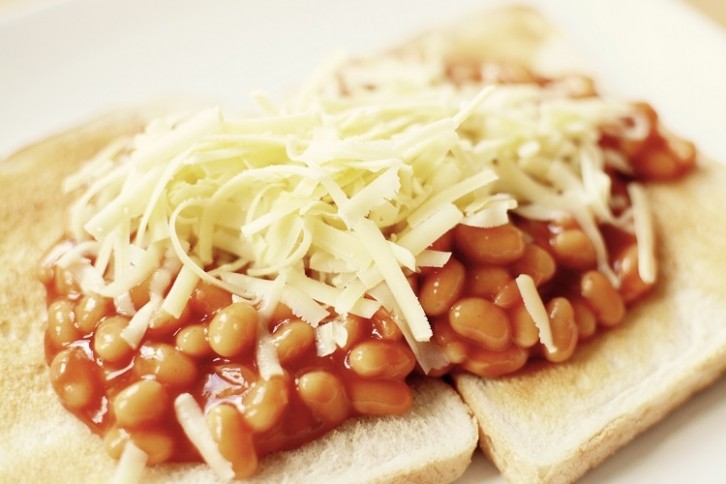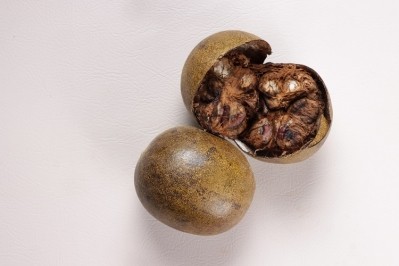Breaking down the ingredients to a successful brand crossover

The last 12 months have seen a number of manufacturers debut product mash-ups.
In February, Heinz announced it had partnered up with Cathedral City to launch ‘Cheezy Beanz,’ a product which combines Cathedral City’s Extra Mature Cheddar with Heinz signature sauce.
The same month, Heck collaborated with Premier Foods to create ‘Sausage Gravy.’
And in June, Cadbury owner Mondelez International confirmed it was working with Lotus Bakeries to develop and market co-branded chocolate products in Europe, though specific formats remain ‘in the early stages of development.’
Such crossovers might not be new, but they are on the rise, used by manufactures to create NPD at quicker speeds and deliver brand building benefits at a time when branded sales are under threat from private label alternatives, say experts.
So how can manufacturers maximise value?
Own label can’t do this
“Brand collaborations are all the rage in grocery and non-food at the moment and when done creatively they can generate shared value for the manufacturer, licence and the shopper,” says Hamish Renton, managing director at HRA Global.
For brand owners and manufacturers, the benefits include increased mental availability, he says, as brands can be positioned in new categories and for new occasions, increased financial returns via a licence fee depending on the terms of any arrangement and a “low risk way of exploring white space in new categories through collaboration, as a prelude to formal product launches.”
Agile product development and brand building benefits are perhaps the two key drivers behind the recent increase in these product crossovers, suggests Tim Brooks, director at strategic consultancy Muzeable and advisor to British Brands Group. “Innovation is obviously key for lots of brands and categories, but this enables people to be simple, fast and agile,” he says. Rather than developing innovation from scratch – which can be a “long, arduous process” – product mash-ups start with tried-and-tested products as well as a level of internal expertise on formats, flavours or strategies may or may not work from a practical point of view.
“The brand building part of it too I think is absolutely critical,” he adds. “Own label can do lots of things, but it can’t do this.” Product crossovers can pique consumer curiosity and increase perceptions that a brand is innovative or adventurous – and therefore appealing on shelf.
The right fit
There are some common threads that successful brand or product collaborations share.
The big one is brand fit, says Brooks. “Those that work best are the ones that are not necessarily breakthrough innovation, they’re almost simple and leverage an existing consumer behaviour or an existing theoretical consumer behaviour that could exist,” he says. When oatcake brand Nairn’s rolled out its pairing with Marmite in December too, brand manager Euan Lutton said ‘our customers have long been telling us about their go-to flavour combinations and toppings for their oatcakes, and Marmite and cheese are firm favourites. We are delighted to bring customers exactly what they want, and to see two classic brands that complement each other so perfectly, joining forces.’
Brooks also flags the example of the Heinz and Cathedral City partnership. “People have been putting cheese on their beans for a long time. It’s something you don’t have to question or challenge.” In fact, the NPD was developed based on the results of a survey of 2,000 UK adults, commissioned by Heinz, which found that 64% of baked beans fans thought cheese made them tastier.
Though the time-saving benefits for consumers of having say, cheese already mixed through, won’t be huge, the collaboration was enough to stir up curiosity and interest in the supermarket aisles as to whether this offers something superior, he believes. Such a partnership could even elevate the consumer experience of a combination they may have tried before, Brooks adds. Heinz, for example, said it had both cooked Cathedral City cheese into its ‘Cheesy Beanz’ sauce and added a small amount of cheese powder ‘to elevate the taste.’
Renton agrees. “The key is that the licence brand enhances the product offer and the value proposition for the shopper – for instance by bringing new flavours, mouth feel or textures into an existing product or helping a category attract new shoppers by pulling in brand loyalists from the licence brand,” he says.
Don’t be a gimmick
There are some risks to such a collaboration that manufacturers need to bear in mind though.
On the one hand, though product mash-ups should pique curiosity, they should avoid pure novelty if the ambition is for a longer lasting product, advises Brooks. Though weird and wonderful flavour pairings for example, can serve as a tactic for brands like BrewDog with its “we’ll try anything attitude,” the secret to more sustainable crossover products is to avoid a gimmicky proportion.
It's also worth bearing in mind “there are reputational risks for instance if one licence partner incurs negative press, there is often implied collateral damage to the other partner,” says Renton. “Sometimes brands need to churn their partners to drive interest in the category and other times the licence brand overexposes their brand through ‘spray and pray’ NPD.”
Choose your partner carefully though, and you could be onto a winning formula.

















